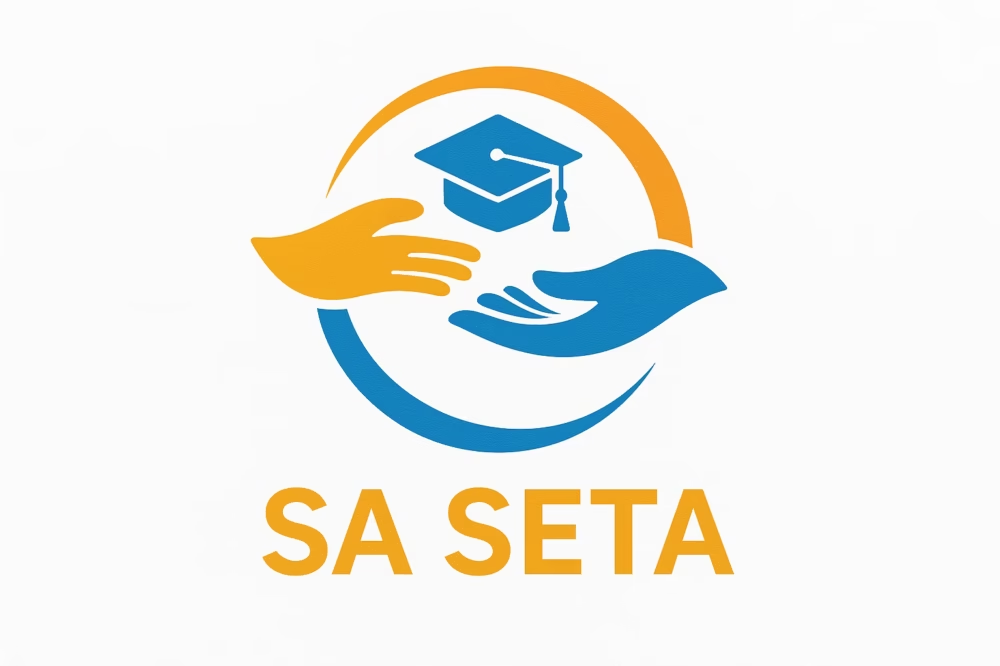SETA Grants and Funding-One of the biggest advantages of engaging with a Sector Education and Training Authority (SETA) like the Services SETA is access to SETA grants and funding. These grants help South African businesses offset training costs and encourage employers to invest in workforce development.
What Are SETA Grants and Funding?
SETA grants are financial incentives provided to companies that participate in skills development programs. These grants are designed to promote:
- Workplace learning
- Employee upskilling
- National skills development priorities
- Transformation and equity in the workforce
There are two main types of SETA grants:
✅ 1. Mandatory Grants
These grants refund up to 20% of your annual Skills Development Levy (SDL).
Who qualifies?
- Employers who are registered with SARS and pay the SDL
- Employers who submit a Workplace Skills Plan (WSP) and Annual Training Report (ATR) before the SETA deadline
What it covers:
- Formal training and learnerships
- In-house training
- Skills development for employees and unemployed learners
✅ 2. Discretionary Grants
These are competitive grants awarded at the discretion of the SETA for specific skills development initiatives. They cover up to 80–100% of training costs.
Who qualifies?
- Employers (especially SMEs) who align their training with sector priorities
- Accredited training providers and public education institutions
- Community-based organizations and NGOs
What it supports:
- Learnerships
- Internships
- Apprenticeships
- Bursaries and skills programs
- Youth employment initiatives
Skills Development Professionals & Services SETA Courses: Unlock Your Career Potential
How to Apply for SETA Grants and Funding
To access these grants, employers must follow a formal process:
- Register with the relevant SETA
(e.g., Services SETA for service-related sectors) - Appoint a Skills Development Facilitator (SDF)
This professional will manage your training plan and compliance. - Submit WSP and ATR
These reports outline your training plans and what was implemented the previous year. - Apply for Discretionary Grants
Respond to the SETA’s Discretionary Grant Window when open, usually once or twice per year. - Use Accredited Training Providers
Ensure that your training partner is SETA-accredited to qualify.
Benefits of SETA Funding
- Reduce Training Costs: Reclaim a portion—or all—of your training investment.
- Improve B-BBEE Scorecard: Earn points under the Skills Development pillar.
- Upskill Your Workforce: Build internal capacity and reduce reliance on external hires.
- Support Youth Employment: Host interns and learners to gain access to additional incentives.
Final Tip: Don’t Leave Money on the Table
Thousands of rands in SETA grant funding go unclaimed each year due to non-compliance or missed deadlines. Partnering with a Skills Development Professional or Training Provider who understands the system ensures that your organization:
- Meets all submission requirements
- Maximizes funding potential
- Aligns training with strategic business needs


